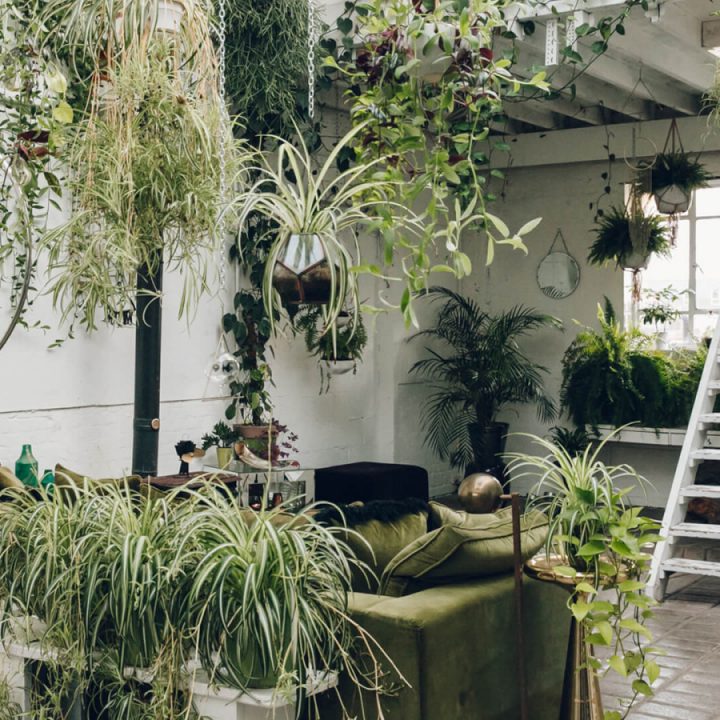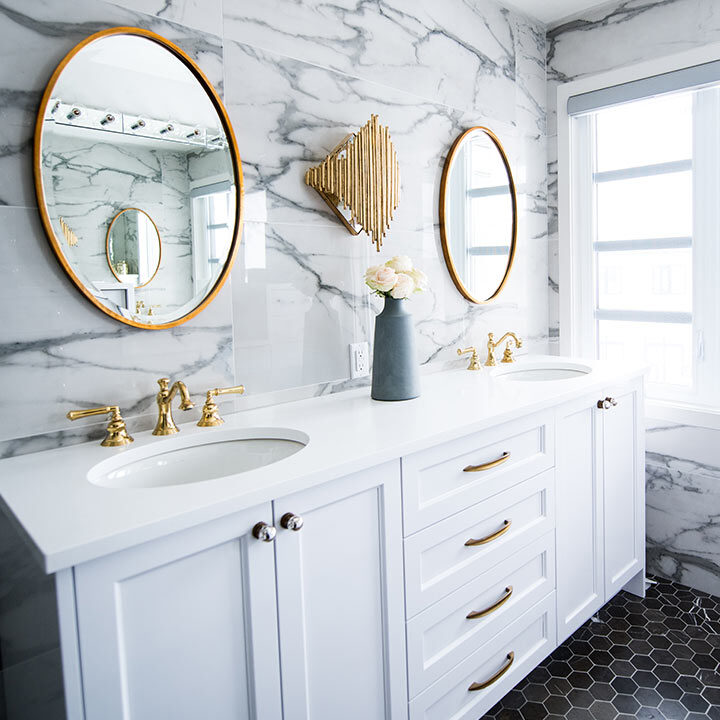2020 was a defining year for everything but especially the collective relationship we all have with our homes. Shutdowns due to the pandemic left many of us scrambling to create home offices, homeschooling spaces, and gyms, changing way we use our homes significantly.
Whether you are moving to a new home, renovating your current one, or planning DIY projects for the future, it’s important to choose an aesthetic that’s as current as possible to help boost resale value. While overall, there’s been an “anything goes,” approach to interior design in recent years and especially in 2020, these are the trends experts and interior designers predict will be going away in 2021.
Modern Farmhouse
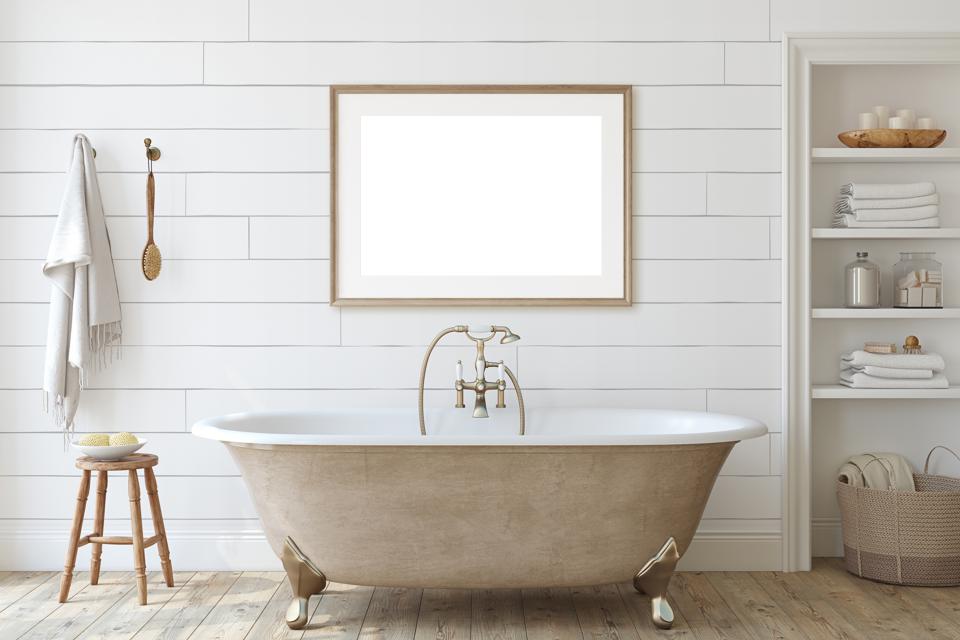
We can take a breath of fresh air because the modern farmhouse look is finally on its way out to pasture. Part of the reason why many people are sick of this aesthetic, according to Kelley Mason, Manager of Creative and Content at Lulu and Georgia, is that it has been overdone particularly in places like apartments where a modern farmhouse look isn’t remotely organic, “Shiplap wall treatments, barn doors, and other hallmarks of the modern farmhouse style are still beautiful but look clearly out of place in city apartments and suburban homes,” she tells me.
But if you can’t resist the urge to Joanna Gaines your Manhattan studio, Mason says to choose integrating rustic pieces that pair well with the space’s decor. So when you inevitably encounter that Live, Laugh, Love sign, resist the urge to click “add to cart.”
White Kitchens
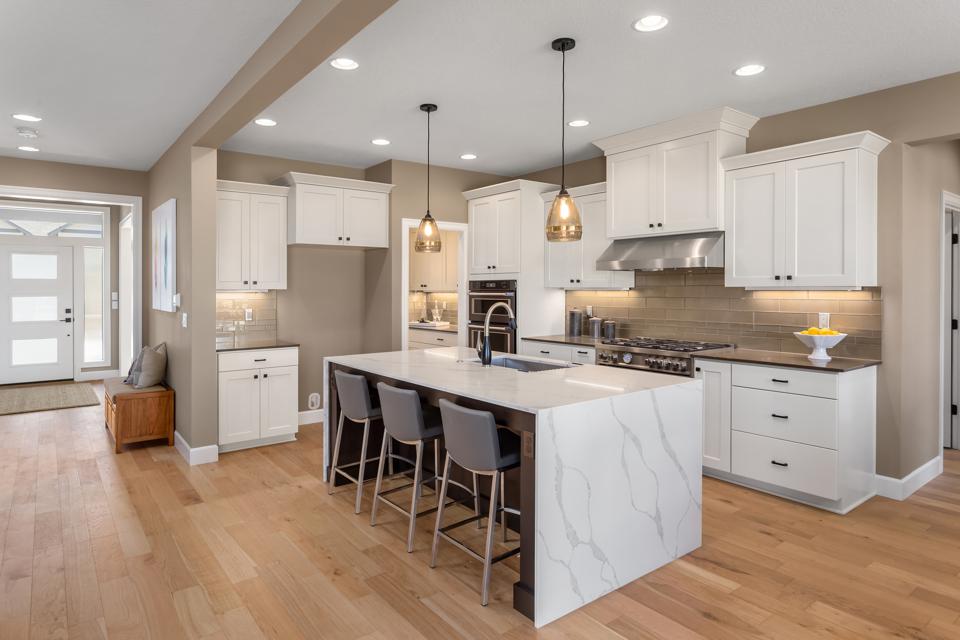
Nancy Epstein, founder, and president of Artistic Tile tells me, “The high end of the market has moved away from the staid whites and man-made agglomerates that dominated design for the last decade, and is once more embracing the exotic, rare stones, and detailed patterns that have historically defined luxury tile and stone.”
She recommends opting for breccias, richly veined marbles, and onyxes instead. “These materials have an incredible history and are once again becoming focal points in the most sumptuously designed spaces.”
As for the ever-popular and timeless carrara marble countertop, while a major part of the white kitchen trend, probably isn’t going away, but many people are opting for other materials that provide a similar aesthetic instead. Interior designer Caitlin Scanlon recommends going with a man-made or engineered stone, but emphasizes the importance of choosing wisely “There is such a big difference from line to line. Quartzite is a good compromise,” she says. “It is a product that in-between quartz and marble. It’s not an aggregate like Caesarstone and it’s much more durable than marble.”
And if you must have that marble backsplash, Scanlon recommends ceramic marble tiles as an alternative. “It really looks like marble. It’s gorgeous.”
Open Floor Plans
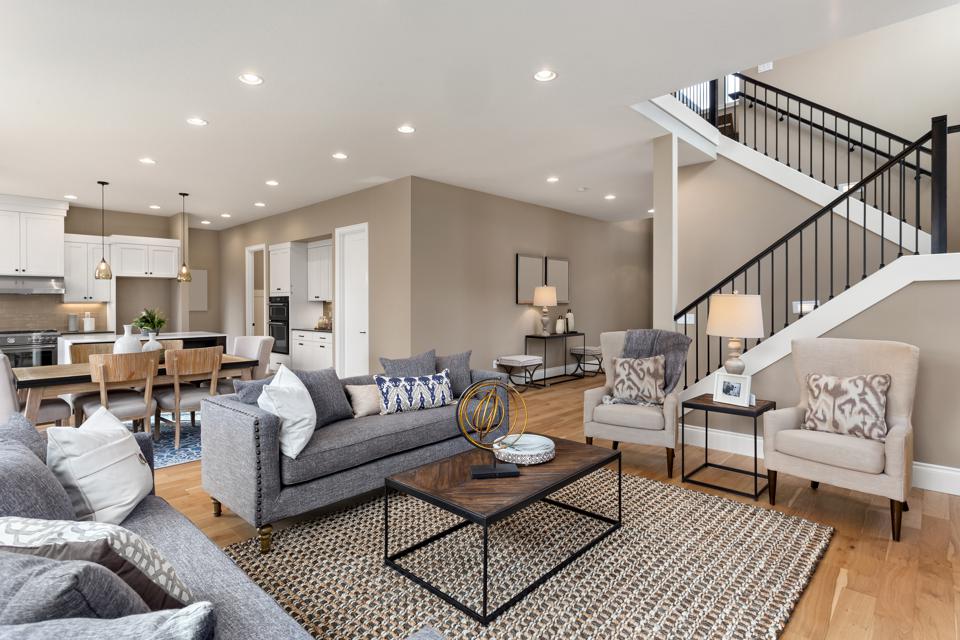
While it looked like the appeal of the open floorplan was starting to fade at the beginning of 2020, during the pandemic many people learned the hard way that perhaps your kitchen, home office, great room, playroom, and living room shouldn’t all be the same space. Lack of privacy ultimately becomes lack of function.
“Now that we have had a taste of what it is like to work from home, while a partner is doing the same, or a child is attending school via zoom at the same time, open floor plans aren’t as attractive as they used to be. The need for rooms with doors, windows, and some privacy will make a reappearance,” Justina Blakeney, founder of Jungalow tells me.
But according to Danielle Blundell, Home Director of Apartment Therapy, if your home is currently an open concept, you shouldn’t let that be a cause for concern. “I don’t think this is going to be an overnight change, but I think that the open plan concept is going away little by little. It started already and I think it’s going to conclude starting with people adding room dividers, or bringing in a door or figuring out some sort of a solution to add privacy.”
Eventually, more flexible and closed layouts will become the standard. “It’s just because people want that privacy, they want that little bit of separation. And sometimes it’s good to have a door that you can close. Whether it’s for containing a mess or just giving yourself that physical and audio separation from other things that are going on in your home.”
* This article is taken from Forbes



